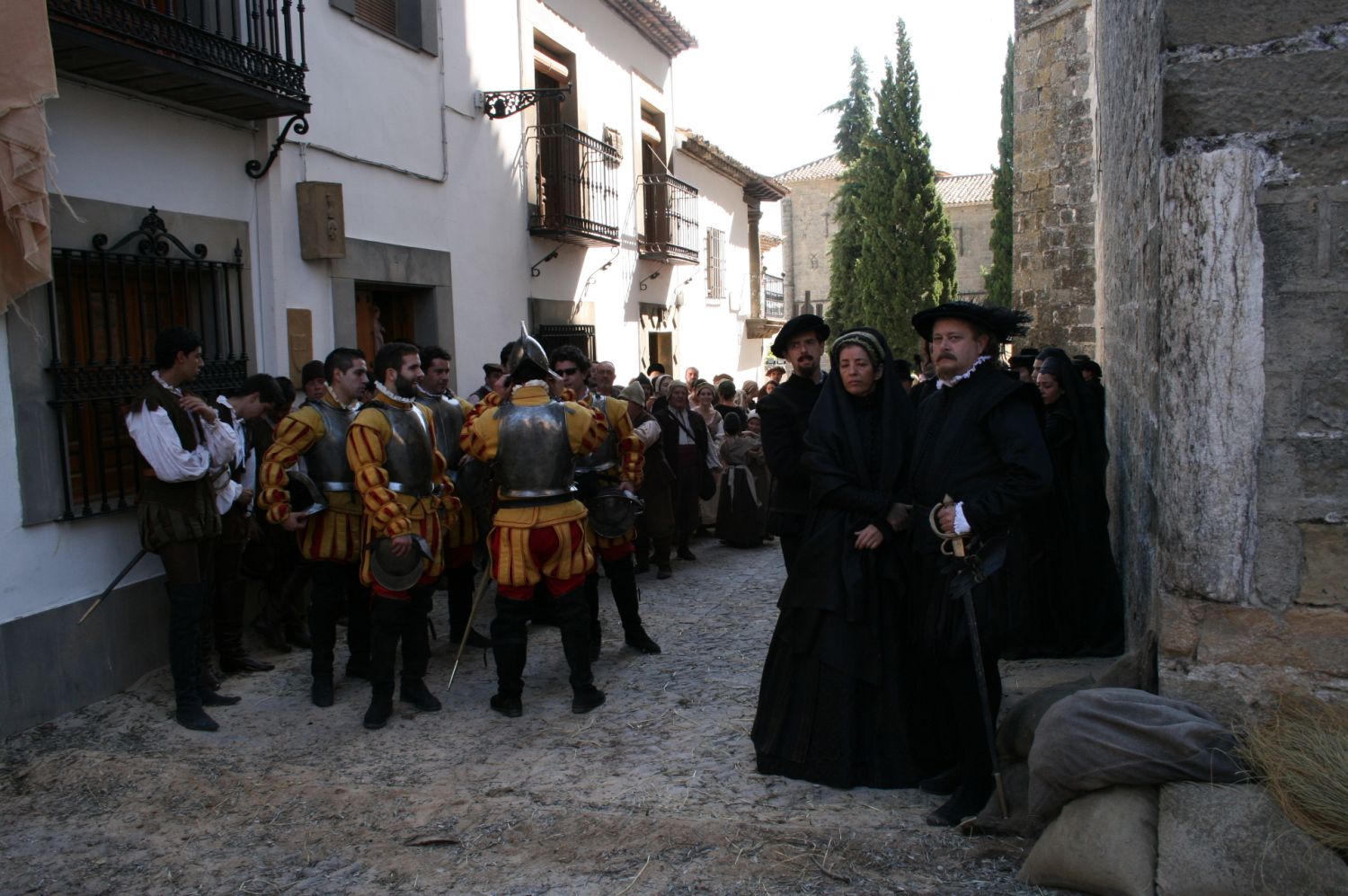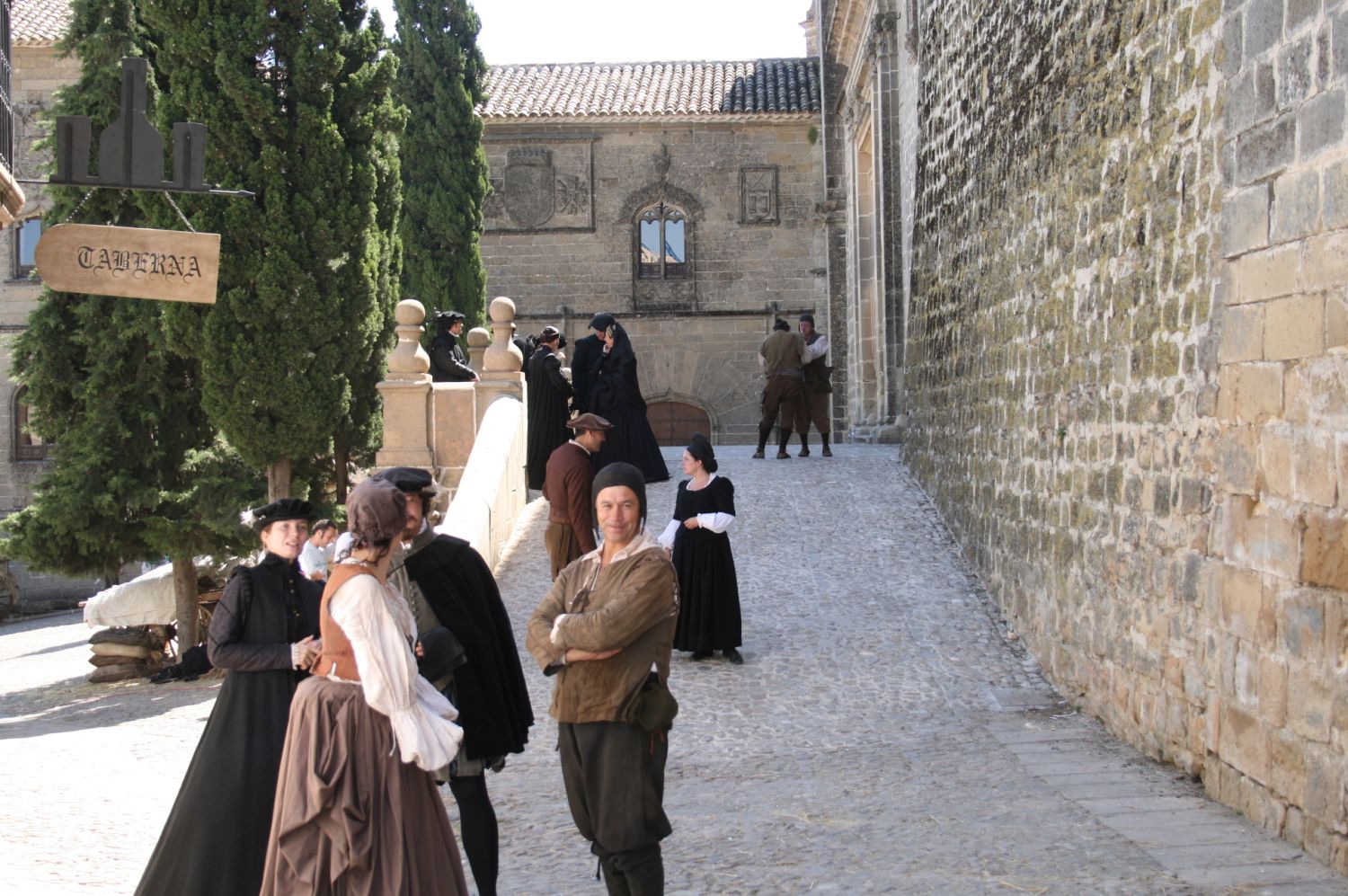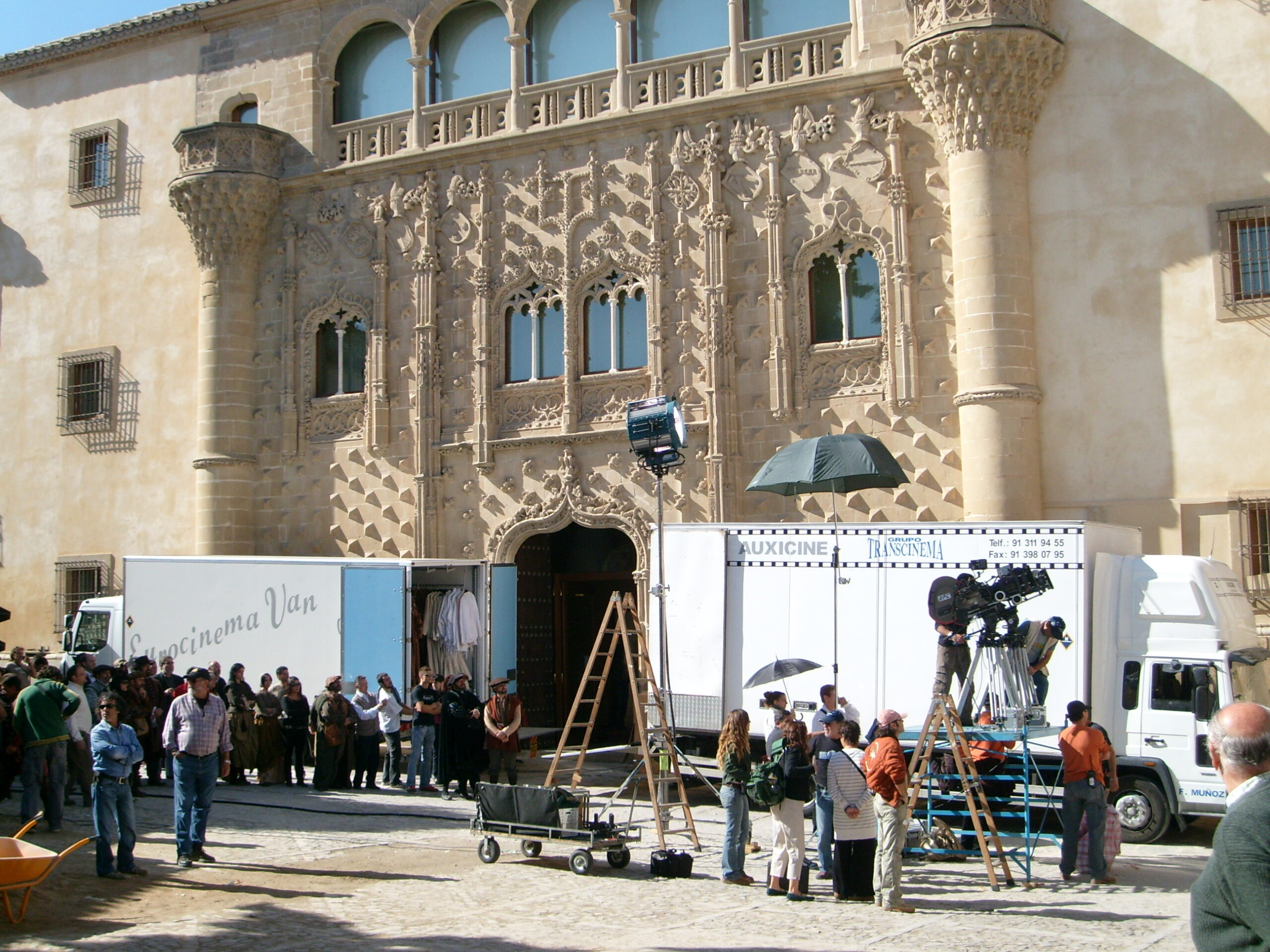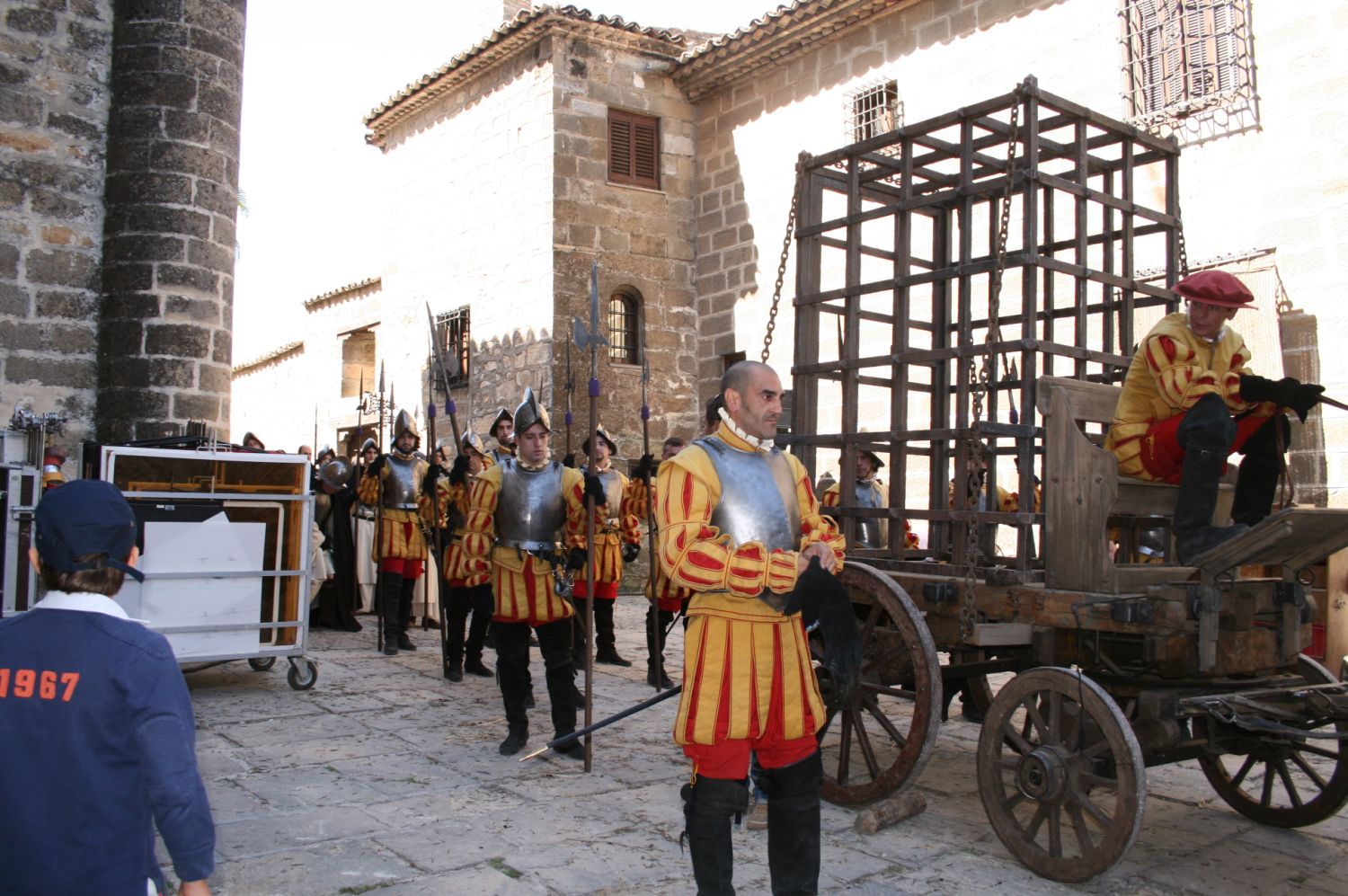BAEZA MOVIE PLATE
The historic monumental complex of Baeza, declared a World Heritage Site in 2003, has been the setting for great films such as El Capitán Alatriste, Lope in love, The conspiracy of El Escorial… The historic center of the city, original from the 15th and XVI, maintains a perfect state of conservation, which allows recreating ideal environments to recreate the scenes of the time and be a perfect setting for movies and series.
Because to enter Baeza is to travel to the Renaissance and the Modern Age, thanks to its mysterious streets, ancestral homes, and monumental squares. The perfect condition of many buildings facilitates interior scenes in palaces, churches, period residences, and courtyards. But not only the historic center can act as a set, but the Guadalquivir valley that surrounds the city is also a perfect and well-kept environment, suitable for any exterior scene of a movie or series. Baeza has been and is a city of cinema.
Some of the films and series shot in Baeza
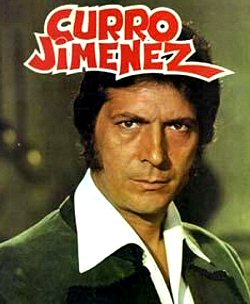
Curro Jiménez (1976)
The Jabalquinto Palace, the current headquarters of the International University of Andalusia in Baeza, was one of the settings that appear in chapter 20, Burial in the mountains, of the Curro Jiménez series, in which the protagonist’s mother dies. One of its doors simulates being a prison where the bandit’s mother is locked up. The Plaza de la Catedral de Baeza also served as a set. Specifically, there is a house on the corner of the Cathedral, which is still the same as in the series. In Chapter 14, Homecoming, the actress Sara Lezana chases a suspicious girl through the streets of Baeza.
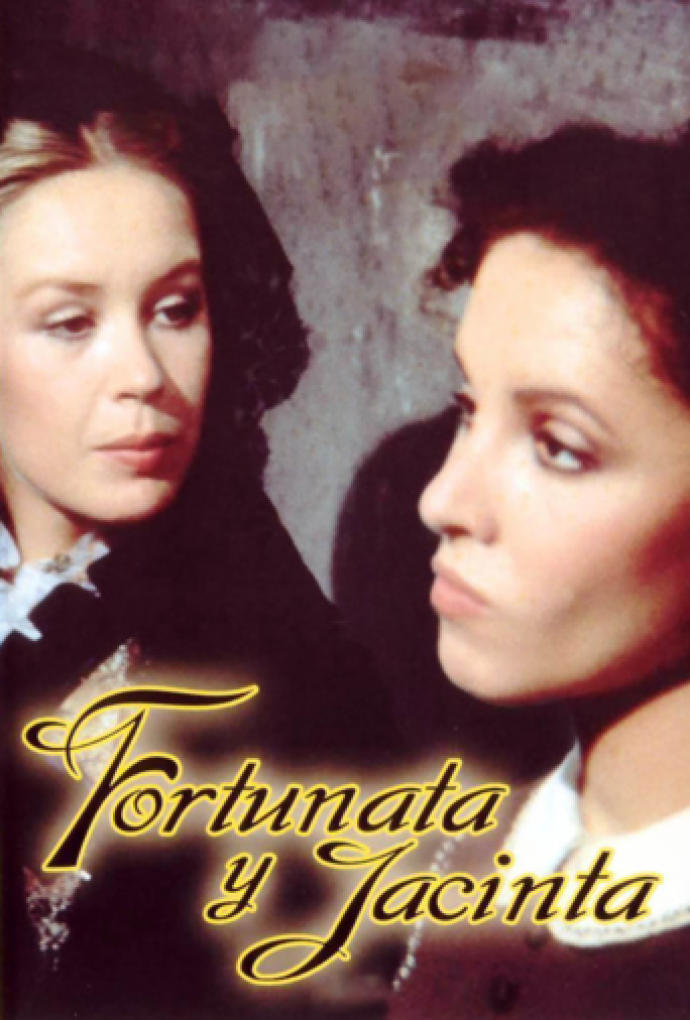
Fortunata and Jacinta (1980)
Mario Camus had already shot some episodes of Curro Jiménez in Baeza and returned to recreate some scenes from the Fortunata and Jacinta series in 1980, specifically, in episode 2, in which Jacinta (Maribel Martín) and her husband François-Eric Gendron, they travel by train and from the window they see Baeza. The novel by Benito Pérez Galdós was adapted in this series that Televisión Española broadcast for the first time in the early eighties.
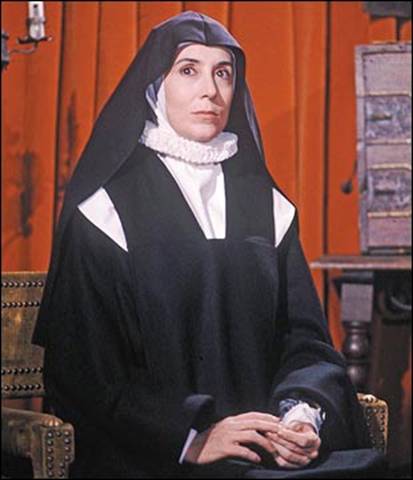
Teresa of Jesús (1984)
The streets of Baeza also served as the setting for some scenes from the Teresa de Jesús series, starring Concha Velasco. The production recreates with great historical rigor the life of the Carmelite nun, who with her writings left us with one of the most exciting testimonies of the 16th century.
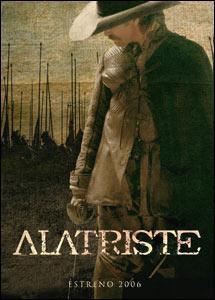
Captain Alatriste (2006)
Some of the most vibrant street duels in the movie Alatriste were shot in the historic center of Baeza. A popular market from the Golden Age was also recreated on Calle Juan de Ávila, where the old university of Baeza stands. The filming of the film directed by Agustín Díaz Yanes took place in the most emblematic and impressive area of the city, specifically in the streets Alta, Canónigo Melgares Raya, Romero Mengíbar, Cobertizo, part of Calle Sacramento, San Juan de Ávila, Plaza de Santa Cruz, Cuesta de San Felipe Neri and Plaza de Santa María.
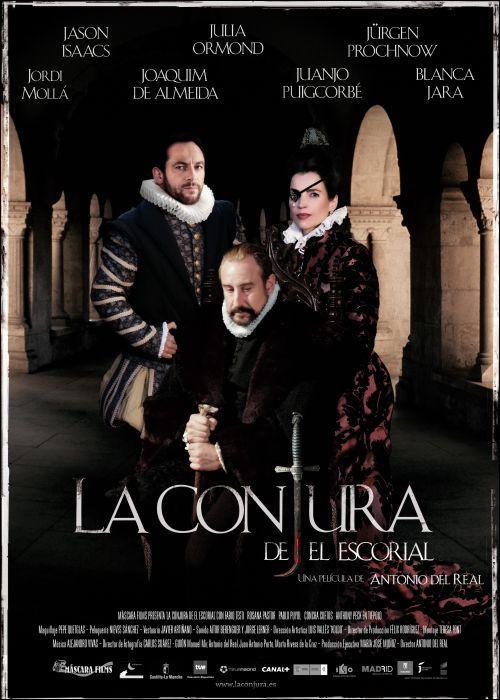
The Escorial Conspiracy (2008)
One of the Renaissance symbols of Baeza is the Palacio de Jabalquinto and its surroundings were chosen as one of the settings for the film La conjura de El Escorial, a historical drama that takes place in the Court of Philip II (1559-1598). No less important is the dispute between the House of Alba and the House of Mendoza, in which Antonio Pérez and the Princess of Éboli play a decisive role.
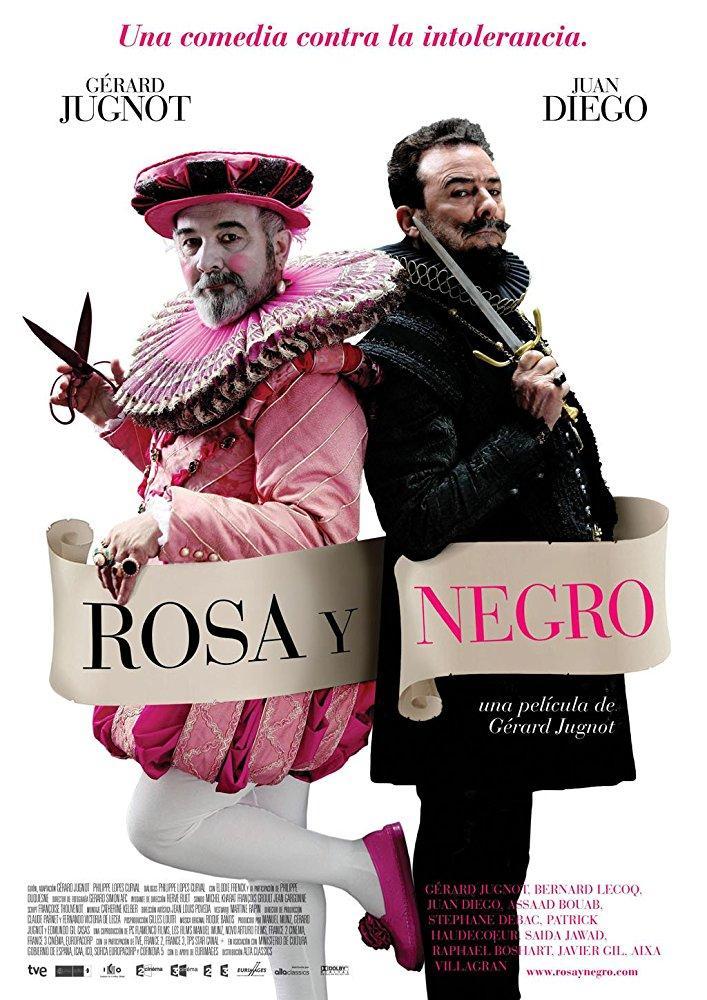
Pink and Black (2009)
The almost-unparalleled setting of the old town of Baeza hosted the filming of the film Rosa y Negro. It is a comedy directed by and starring the French Gerard Jugnot, which tells the story of Pic Saint-Loup, a great couturier in decline, who receives a diplomatic mission from King Henry III of France: to make a ceremonial suit of incomparable beauty for the arranged wedding of one of his nephews with the daughter of a Grandee of Spain.
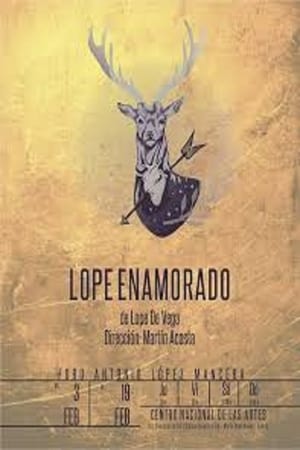
Lope in Love (2019)
The Plaza de Santa María, the Palacio de Jabalquinto, the Plaza de la Santa Cruz and many of the streets of the old town of Baeza appear in the film Lope in Love. The city of Jaén is transformed into the Madrid of Letters of the Golden Age in this work in which Lope de Vega is a priest who has an actress as a lover. But at that moment he meets Marta de Nevares and they are attracted by his intelligence and her youth. Despite being married, Marta begins a relationship with Lope, which will be the last of the Fénix de Los ingenios.


